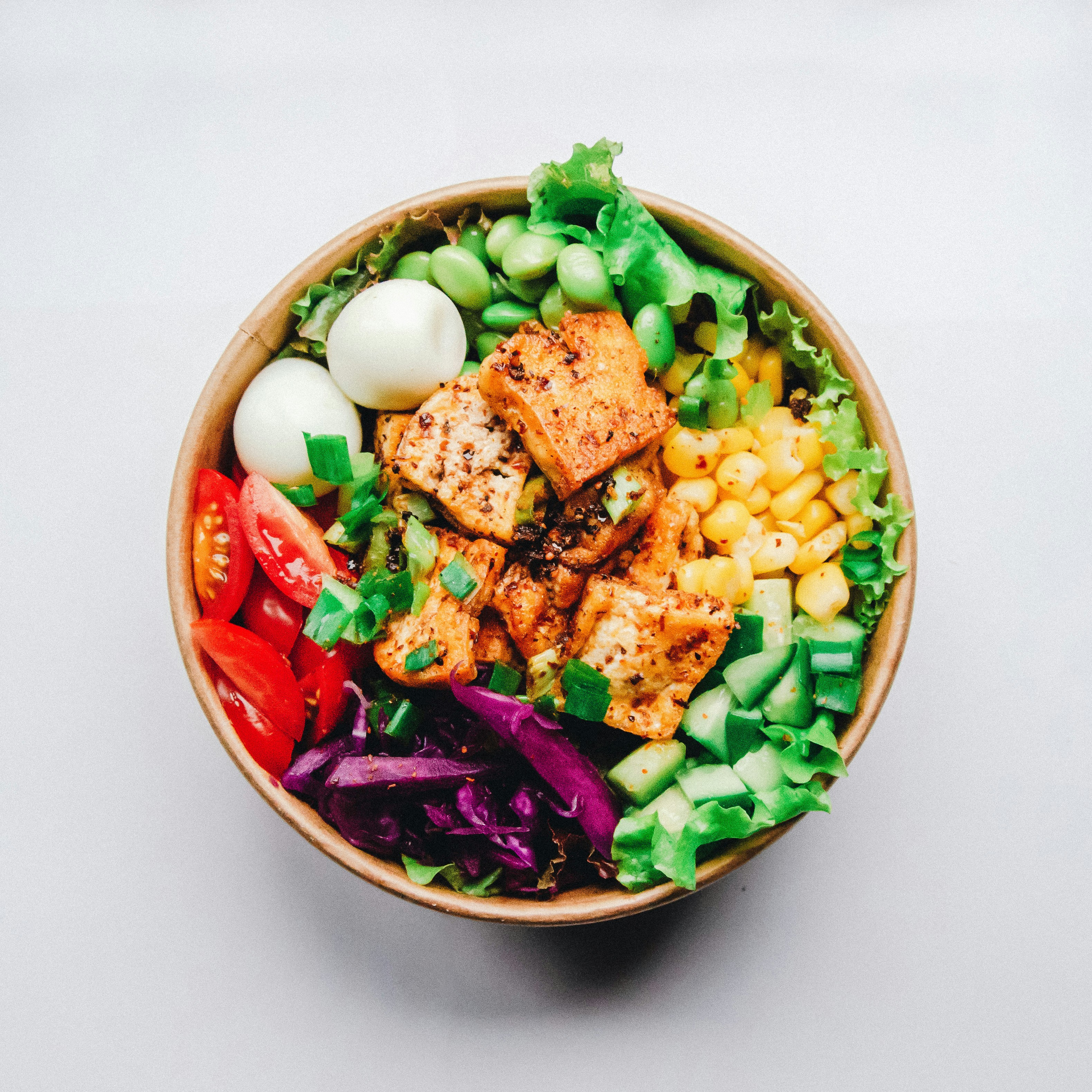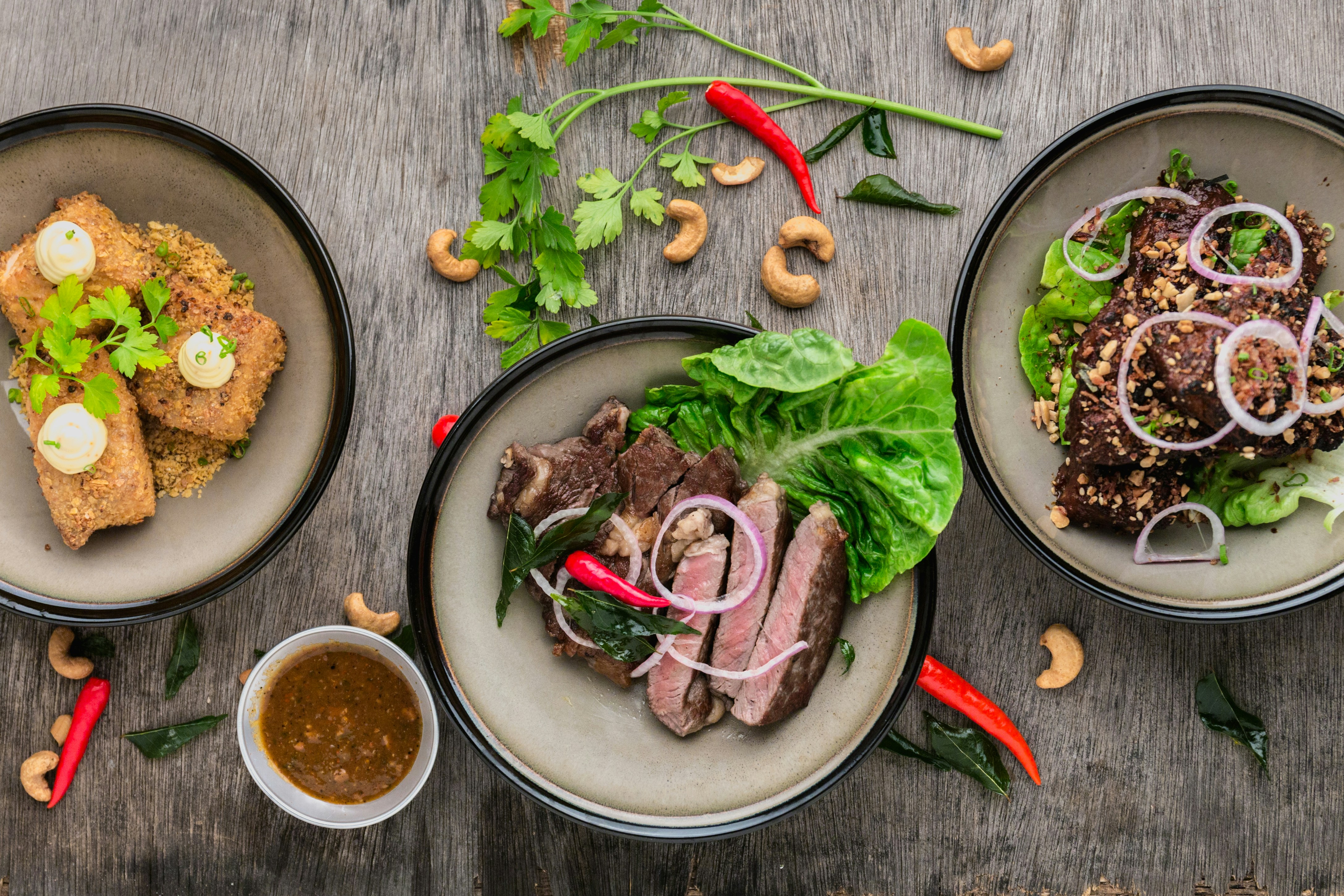Weight Loss Diet Plan: Simple, Proven Steps That Work
By Shuaib Global Technology — Practical guide, meal plans, evidence-backed tips, and FAQs to build a sustainable weight loss diet plan.

Introduction — Why a Diet Plan Matters
Losing weight often feels confusing because there’s a flood of advice online. A clear Weight Loss Diet Plan cuts through the noise: it explains the principle (calorie deficit), shows practical meal choices, and gives a sample plan you can adapt to your tastes and schedule.
In this article you’ll learn: how weight loss works, the best diet strategies (evidence-based), a step-by-step sample 4-week plan, grocery lists, tips for dining out, answers to common FAQs, and reliable sources to learn more.
How Weight Loss Works: The Simple Science
At the core of every successful weight loss diet plan is the calorie deficit — consuming fewer calories than you burn. That can be achieved by eating slightly less, moving more, or ideally, both. Diet patterns (low-carb, Mediterranean, intermittent fasting) change how easy it is for someone to stick to a calorie deficit, but the underlying principle is the same. 10
Quick takeaway: Choose a diet plan that fits your food preferences and your life — sustainability beats short-term extremes.
Top Diet Approaches You Can Use (Evidence-based)
1. Balanced Calorie-Reduced Diet (Recommended)
A calorie-reduced diet focused on whole foods (vegetables, lean protein, whole grains, healthy fats) is the most flexible. It supports steady weight loss and is easier to personalize for long-term success.
Goals: create a modest deficit (e.g., 300–700 kcal/day), prioritize protein, include vegetables for volume, and control refined carbs and added sugar.
2. Intermittent Fasting (IF)
IF restricts the eating window (e.g., 16:8 or 5:2) and can make it easier for some people to naturally eat less. Trials show IF performs similarly to continuous calorie restriction for many people and can be an effective option. 11
Tip: try a 12–14 hour overnight fast first (e.g., finish eating by 8 pm, break fast at 8–10 am) before moving to longer windows.
3. Low-Carb / Ketogenic Diet
Low-carb and ketogenic diets can give faster early weight loss (often water weight initially) and may suppress appetite. They can work well short-term, but long-term results are broadly similar to other approaches and depend on adherence. Discuss with a clinician if you have health conditions. 12
If you try keto: focus on vegetables, quality fats (olive oil, nuts), adequate protein, and monitor electrolytes in first weeks.
4. High-Protein Diets
Increasing protein helps preserve lean mass and improves satiety, which makes it easier to maintain a calorie deficit. Aim for even protein across meals. 13
How to Build a Practical Weight Loss Diet Plan (Step-by-step)
Step 1 — Set realistic goals
Aim for 0.5–1% body weight per week (about 0.5–1 kg/week for many people). Rapid weight loss is often unsustainable. Pick a clear, measurable target and timeline.
Step 2 — Calculate a starting calorie target
Use an online TDEE calculator to estimate daily needs; then subtract 300–700 kcal to create a safe deficit. Avoid extreme low calories without medical supervision.
Step 3 — Choose a diet pattern you’ll follow consistently
Whether you choose balanced calorie-control, IF, or low-carb, the most important factor is adherence. Pick one you enjoy and can sustain.
Step 4 — Prioritize protein and fiber
Protein (chicken, fish, eggs, legumes) and fiber-rich foods (vegetables, fruits, whole grains) keep you full and reduce snacking. A practical aim is ~20–30 g protein per meal for many adults; adjust for body size and activity level.
Step 5 — Plan meals & snacks
Sample plate: half vegetables, one-quarter lean protein, one-quarter whole grain or starchy veg, plus a small serving of healthy fat. Prepare batch-cooked meals to avoid last-minute choices.
Sample 4-Week Weight Loss Diet Plan (Adaptable)
This sample assumes a moderate calorie reduction. Adjust portion sizes based on your calorie targets and preferences.
Week 1 — Clean start
- Breakfast: Oats with yogurt, berries, and a tablespoon of nuts.
- Lunch: Grilled chicken salad, quinoa, mixed greens, olive oil dressing.
- Dinner: Baked fish, steamed veggies, small sweet potato.
- Snacks: Fruit, carrot sticks with hummus, boiled egg.
Week 2 — Build habits
- Introduce 2 strength-training sessions/week (helps preserve muscle).
- Plan two vegetarian meals this week (lentil curry with brown rice, chickpea salad).
Week 3 — Try intermittent fasting (optional)
If curious, move to a 14:10 or 16:8 eating window. Keep food choices similar — IF is a timing tool, not a license to binge.
Week 4 — Evaluate & adjust
Check progress. If weight loss stalls for 2–3 weeks, reduce daily calories slightly (100–200 kcal) or increase activity. Prioritize sleep and stress management.
Grocery List & Foods to Favor / Avoid
Favor
- Lean protein: Chicken breast, fish, eggs, Greek yogurt, legumes
- Vegetables & fruits: leafy greens, cruciferous veg, berries
- Whole grains: oats, brown rice, quinoa
- Healthy fats: olive oil, avocado, nuts (moderation)
Avoid or limit
- Highly processed snacks and sugary drinks
- Large portions of refined carbs (white bread, sweets)
Dining Out & Travel — Practical Tips
Order grilled or baked dishes, ask for dressings on the side, choose salads or steamed vegetables as sides, and avoid large appetizers. Use the plate rule: fill half with vegetables. Small swaps add up.
Track Progress Without Obsession
Weigh weekly (same time, same clothes). Track one or two metrics: weight and waist size. Use photos monthly — visual change often shows when scale stalls.
Common Challenges & Solutions
Plateau
If weight stalls: reassess calories, increase protein, add strength training, or reduce liquid calories. A plateau is normal — adjust gradually.
Hunger
Increase protein, add fibrous vegetables, check sleep and stress — these influence appetite hormones.
Social events
Eat a filling snack beforehand, choose balanced plates, and allow one enjoyable treat without guilt. Consistency over perfection wins.
When to See a Doctor
If you have diabetes, heart disease, kidney disease, are pregnant, breastfeeding, or taking medications, consult a healthcare professional before major diet changes.
Images & Visuals
Use images that show balanced plates, portion guides, and a grocery layout. Example alt text: "Weight Loss Diet Plan healthy plate".

Helpful Links (Internal + External)
- Internal: Best exercises for weight loss — read workout guide
- External: Calorie deficit explanation (MD Anderson). — MD Anderson. 14
- External: Intermittent fasting review (PMC). — Systematic review (PMC). 15
- External: Ketogenic diet review (StatPearls / Harvard). — StatPearls. 16
Frequently Asked Questions (FAQs)
What is the best weight loss diet plan?
The best weight loss diet plan is the one you can follow consistently. For most people a calorie-reduced, balanced diet with adequate protein and vegetables works best.
Can I lose weight quickly with keto or fasting?
Keto and intermittent fasting can produce faster early weight loss for some people, but long-term results depend on adherence. Choose a safe, sustainable approach and consult a clinician if you have health issues. 17
How much protein should I eat on a weight loss diet plan?
Aim for higher protein to protect muscle mass and improve satiety — roughly 1.0–1.6 g/kg body weight depending on activity level. Spread protein across meals. 18
How do I avoid regaining weight after the diet?
Transition into a maintenance calorie level slowly, keep many healthy habits (meal patterns, strength training), and monitor weight monthly. Lifestyle change > quick fix.
Conclusion — Start Today, Keep It Simple
A clear Weight Loss Diet Plan is practical, evidence-based, and personalized. Start with a small calorie reduction, prioritize protein and vegetables, choose an eating pattern you can follow, and be patient. Small daily choices add up: start today, be consistent, and track progress.
